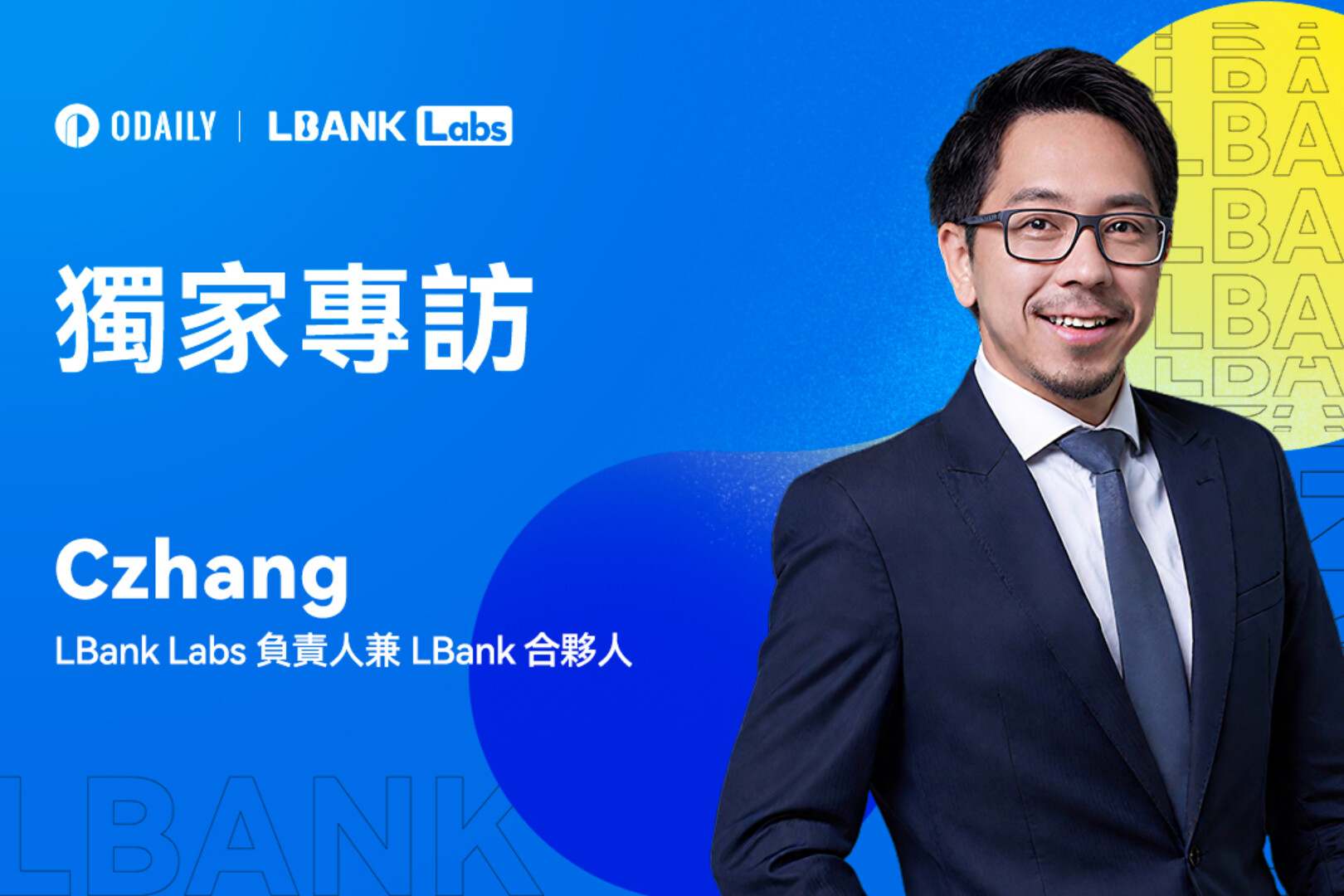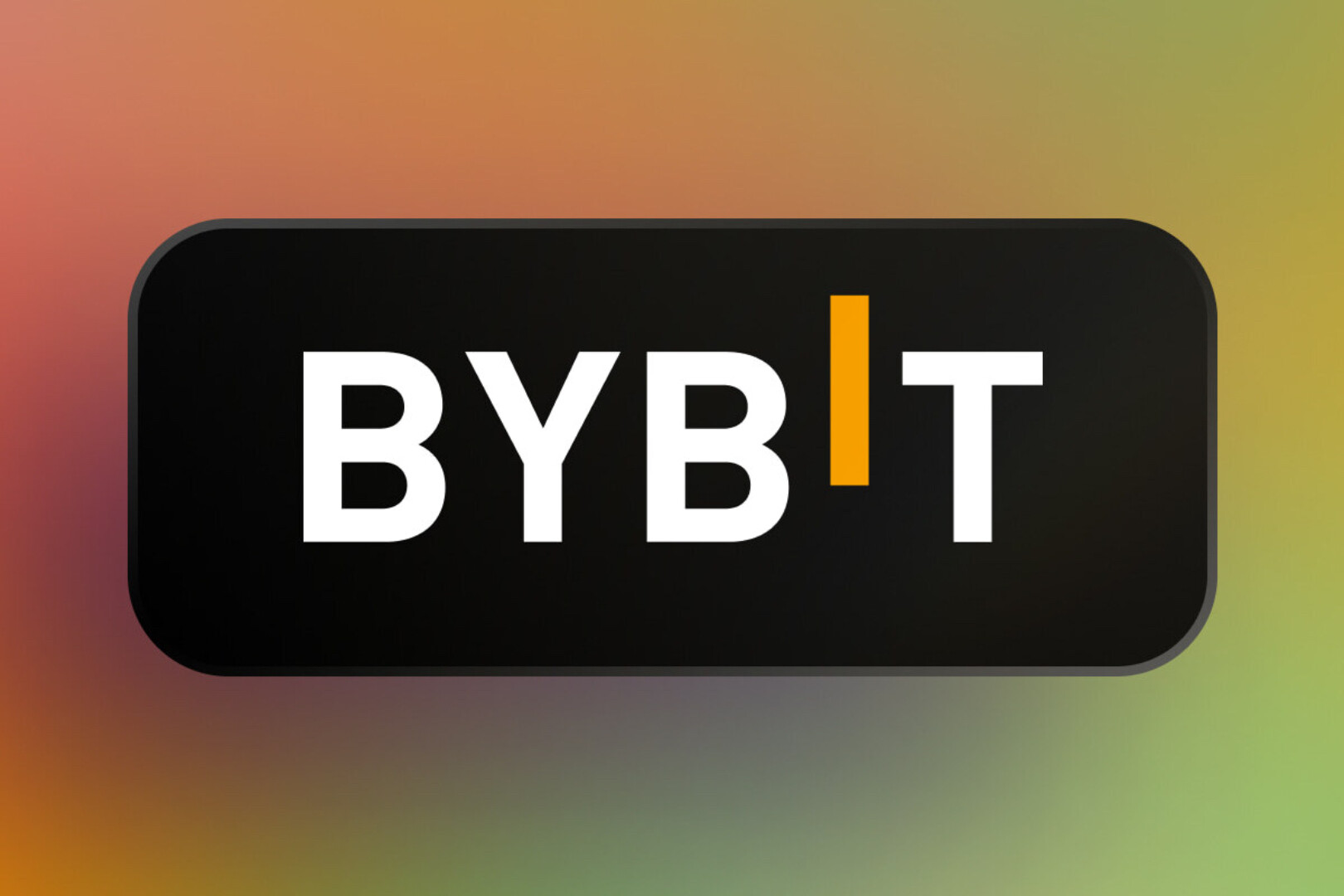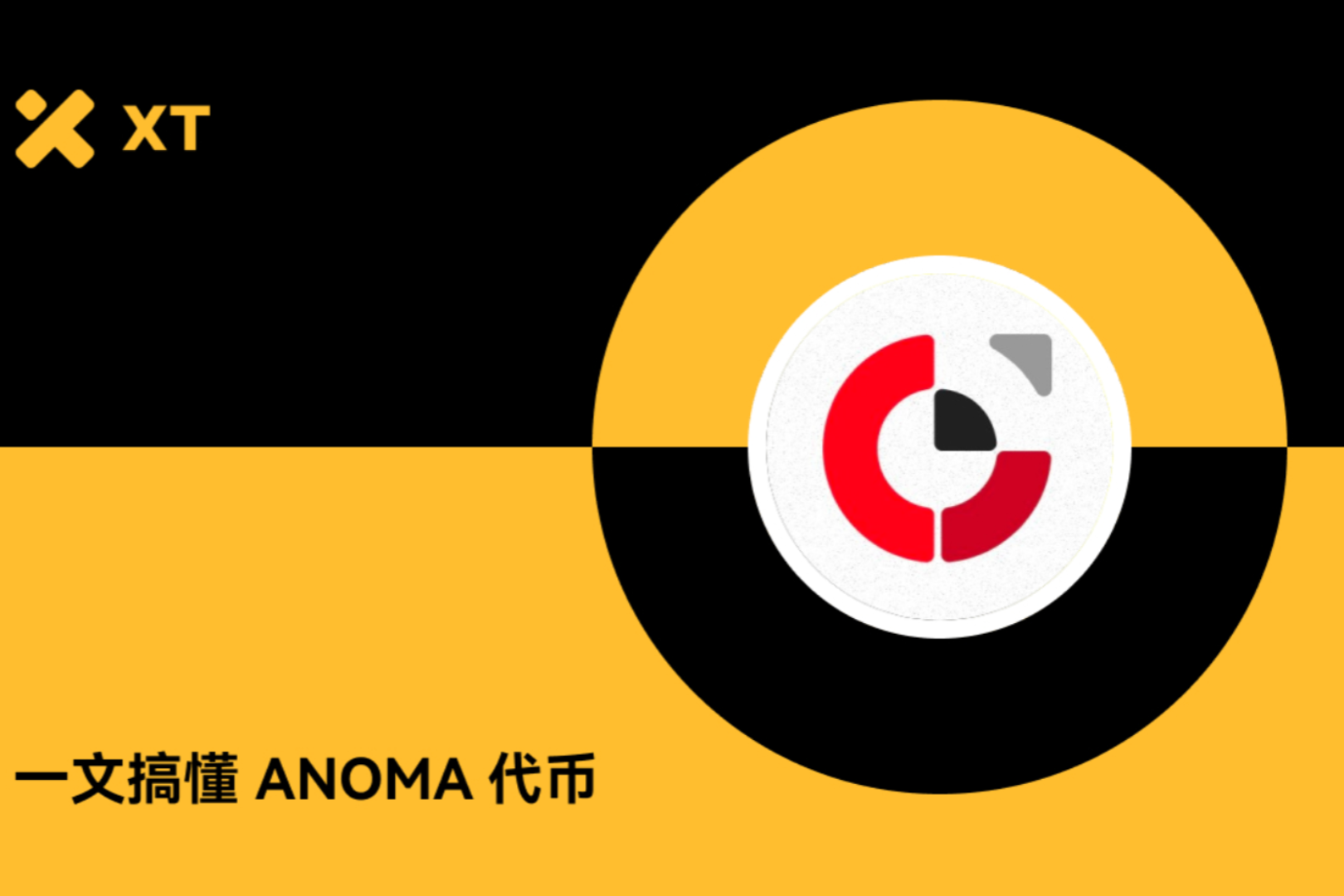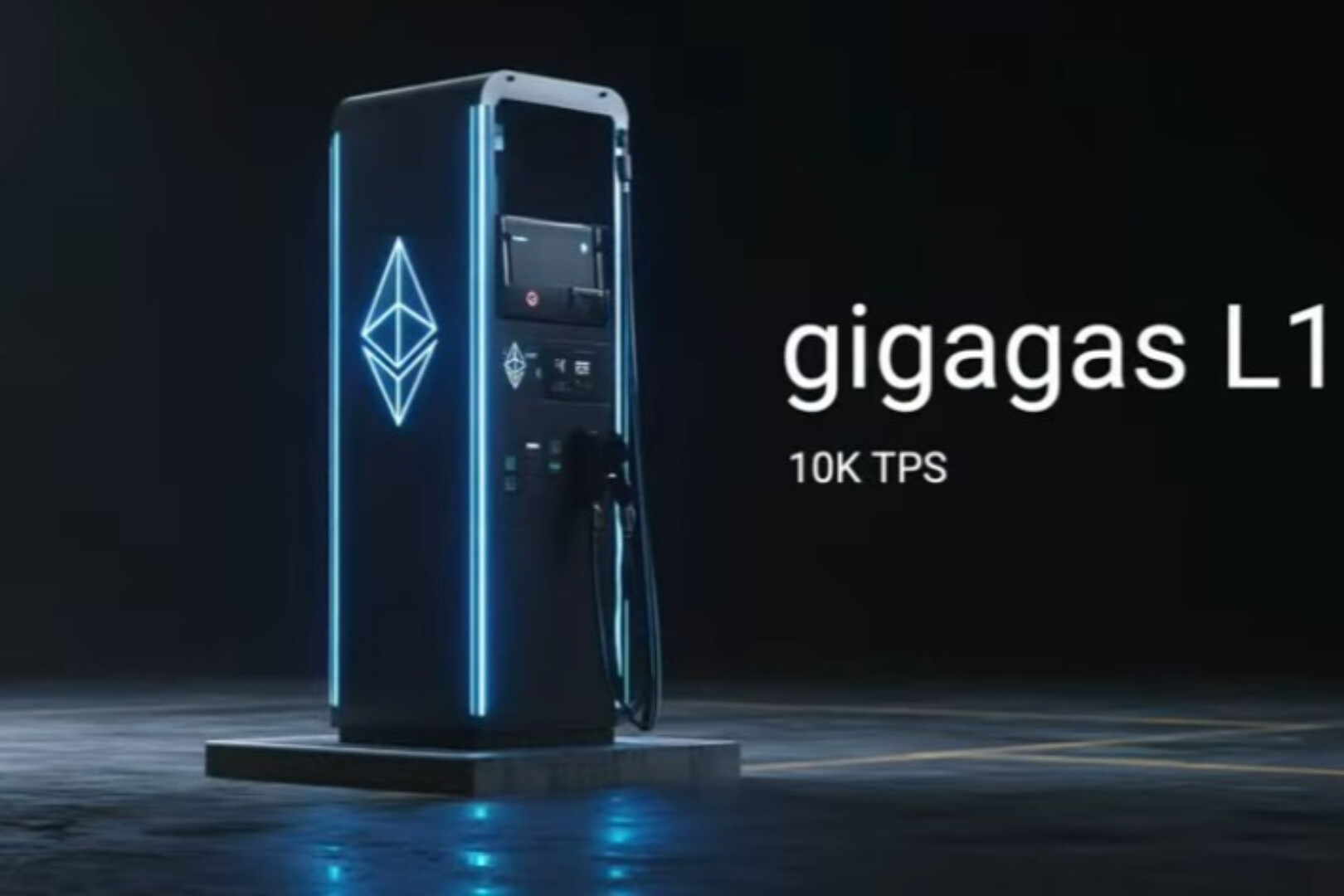Original compilation: BlockTurbo
Original compilation: BlockTurbo
first level title
Arbitrum Network Overview
Arbitrum is a Layer 2 (L2) Ethereum scaling solution with two generic optimistic rolluups. Arbitrum One is the flagship rollup driving much of the ecosystem's adoption, while Arbitrum Nova is a newer rollup built for high-throughput applications.
picture
Arbitrum One adopts Arbitrum's Nitro technology stack in late August 2022. Instead of relying on a custom Arbitrum virtual machine for low-level code assembly, Nitro uses WebAssembly (Wasm). This change allows rollup to use Go Ethereum's EVM implementation directly, and corresponds to lower fees, better Ethereum compatibility, and greater simplicity.
picture
Arbitrum’s TVL has increased by 131% over the past 180 days, causing its TVL market share to jump from 3.6% to 8.4% in the competing non-Ethereum smart contract ecosystem. This increase was more than four times that of its next fastest-growing competitor, Optimism, which gained 1.1% in non-Ethereum TVL market share.
Historically, competing smart contract networks (including L1 and L2) have used their native tokens to fund targeted incentive campaigns and directly stimulate user activity. Arbitrum takes a slightly different approach. Instead of explicitly launching a token at the outset, Offchain Labs (Arbitrum’s parent company) kept it a secret and launched a user acquisition campaign that hinted at a future retroactive airdrop. This was confirmed last week when Offchain Labs announced details of the Arbitrum token launch.
All things considered, Arbitrum's growth strategy has proven to be more cost-effective than its peers. While competing ecosystems such as Optimism, Polygon, and Avalanche distribute millions of dollars worth of incentives to attract new users, Arbitrum avoids these costs. Instead, it attracted early adopters with only vague hints of a potential share of network ownership. Whether or not these early adopters stick around after the $ARB token launch will be one of the most important trends to monitor going forward.
first level title
picture
picture
DeFi
secondary title
DEX
picture
Similar to other EVM smart contract networks, projects that forked Uniswap such as Sharkyswap and Arbswap gained popularity. Competition also intensified when Solidly forks such as 3xcalibur, SolidLizard, and Sterling Finance introduced the ve( 3, 3) mechanism into Arbitrum. However, arguably the most prominent emerging challenger to Uniswap and company is Camelot, which accounted for 10.6% of challenger DEX volume over the past 30 days.
As with other DEXs, each pool deployed on Camelot can be configured with custom fee parameters. Camelot takes customizability a step further by enabling each asset in the pool to have dynamic, targeted buy and sell fees. For example, a USDC-WETH pool could charge 0.04% for buying WETH from the pool, but only 0.02% for selling WETH to the pool. This orientation feature allows pool deployers to fine-tune the incentive structure for a given pair. Additionally, these fee levers are dynamic. This allows the fee structure to change based on factors such as market conditions.
The second defining characteristic of Camelot is its launchpad. The service provides new projects with the infrastructure needed to raise funds and channel liquidity from community members. After the successful financing of projects such as Perpy, Factor, and Arbitrove, the Arbitrum DeFi community adopted Camelot as the native "community" DEX of rollup.
Camelot's strategy is to create a secure and scalable platform that will support a wide range of crypto assets and provide users with fast and efficient access to liquidity. By doing so, Camelot positions itself as the go-to destination for long-tail trading of crypto assets on Arbitrum.
While the newer protocol has put pressure on incumbents in Arbitrum’s DEX segment, the pool-level figures still underscore Uniswap’s dominance. Of the top 10 Arbitrum DEX pools by trading volume, six belong to Uniswap. Even without incentivizing its pools, Uniswap’s pools offer liquidity providers significantly higher yields thanks to the protocol’s market-leading trading volumes. Uniswap's advantage in trading volume stems from its brand awareness and deeply centralized liquidity structure.
As Arbitrum's DEX continues to mature, we can expect stablecoins to play a greater role in trading activity. Revisiting the above data on Arbitrum's top DEXs, there is only one stablecoin pair registered in the top 10 pools by trading volume. This pales in comparison to Ethereum, where four of the top 10 DEX pools are stablecoin pairs.
We can already see the tide starting to turn. Since Ethereum’s stablecoin market capitalization peaked in February 2022, Arbitrum has seen a year of slow growth for stablecoins, followed by a sharp rise in early 2023.
As more and more stablecoins come to Arbitrum, DEXs that offer centralized liquidity pools such as Uniswap, Curve, and Camelot will find success due to their ability to offer extremely low-slippage transactions. As these high-volume, low-slippage pair pools gain more traction on Arbitrum, Uniswap may also introduce its 0.01% fee tier to win volume in this growing segment.
secondary title
loan
Radiant
Much of the story in the Arbitrum lending space can be told through a single agreement. Radiant is built on top of LayerZero and is designed to operate as an "omnichain" lending protocol. This means it uses a unified debt pool across multiple chains so that users can deposit collateral on one chain and open borrowing positions on another. However, Radiant has yet to be deployed to other chains since its launch on Arbitrum in late July 2022.
picture
Not only does Radiant encourage users to borrow on the platform, it also offers a one-click "cycle and lock" feature that allows users to re-deposit borrowed assets as collateral and borrow from the protocol again. This cycle can be repeated up to five times. The longer users choose to lock their collateral, the more RDNT rewards they will receive during the lock period. After accounting for RDNT rewards, users get a discount when borrowing from the protocol, despite a double-digit APR on the base borrowing cost.
This has proven to be a very successful growth strategy for Radiant. In a neutral market, lock-and-cycle strategies are relatively safe for users to deposit and borrow stablecoins due to their low volatility. ETH and WBTC also become attractive deposit strategies in an appreciating market — as the prices of these collateralized assets rise, depositors can borrow greater value and qualify for more RDNT rewards. Additionally, a bull market in risk appetite correlates with a higher dollar value for RDNT. Since the beginning of 2023, the price of RDNT has increased by 1,075%, making this incentive mechanism more attractive.
The dynamics here are best understood when assessing outstanding borrowings-to-TVL ratios for industry-wide agreements. Over the past 30 days, Radiant has a ratio of 2.5, almost five times the industry average of 0.51. It is important to note that circular borrowing is not double counted in any of these protocols' TVL metrics, making it possible for Radiant's ratio to be greater than 1. If we assume that Radiant is in line with the industry average without incentives, this means that approximately 80% of Radiant's borrowing is driven by substantial incentives.
Radiant's highly anticipated V2 upgrade went live this past weekend. V2 extends the runway for RDNT emissions from two years to five years, while also modifying the behavior required to earn RDNT from the protocol. Specifically, an important change introduced by V2 is a mechanism to borrow and convert a portion of circulating ETH to RDNT before providing liquidity to the RDNT/ETH LP pool. This effectively creates new buying pressure on RDNT tokens, while locked users are rewarded with RDNT. It will be worth monitoring whether this mechanism will offset the higher barrier, resulting in a smaller RDNT reward pool in V2. All in all, the sustainability of Radiant's deposit base will likely be tested in the coming months.
other lending competitors
If we remove Radiant from the equation, Aave V3's TVL share on Arbitrum increases from 30% to 60% since June 1, 2022. Unlike Radiant, this growth happened organically, without the use of AAVE tokens to incentivize activity. Going forward, Aave V3 will be a strong competitor to Radiant, focusing on full-chain lending with cross-chain lending through its portal functionality. Connext, deBridge, Hashflow, and Wormhole have been whitelisted as approved bridge providers to support portal functionality.
secondary title
Perpetual contracts
Early attempts to bring derivatives to DeFi focused on recreating the order book model popularized by centralized exchanges. However, due to high gas costs, latency issues, and generally high complexity, DeFi projects have not yet succeeded in implementing perpetual derivatives platforms with fully on-chain order books. This creates an opportunity for projects to experiment with alternative models for trading synthetic perpetual contracts.
Hybrid models that combine automated market makers and order book-based exchanges have grown in popularity among DeFi users in recent years. The growth of these hybrid perpetual platforms on Arbitrum is arguably the most important factor driving early adoption of the network. With a TVL of $565 million, perpetual contracts are the largest segment of the Arbitrum DeFi ecosystem. In this area, one protocol accounts for more than 80% of all TVL: GMX.
GMX
As one of the first applications to be launched on Arbitrum One in August 2021, GMX has established itself as the king of Arbitrum DeFi. Key to this success is GMX's dual-token model: 30% of protocol revenue is distributed to stakeholders in GMX (the protocol's governance token) and 70% to stakeholders in GLP (the platform's pooled liquidity token) By. These mechanisms have resulted in an entire ecosystem of projects built around the protocol, bringing greater liquidity to its system and providing tangential services.
Earnings and Options Vault
Users can take advantage of platform fees generated by GMX without risking the index of assets included in GLP by depositing into yield or option vaults constructed by external protocols. GMD, Neutra Finance, and Umami are products that leverage GMX's liquidity to run delta-neutral strategies and pass on cumulative returns to USDC, WBTC, or ETH depositors. Jones DAO took this strategy a step further by borrowing USDC and depositing it in GLP, thereby creating leveraged exposure to GLP yields.
lending platform
The popularity of GMX has led to several lending protocols integrating GMX and GLP as collateral for users seeking to leverage these assets. Vesta users can mint VST stablecoins under the GLP, while Tender Finance allows users to borrow any asset from the protocol's money market.
social trading
As more traders migrate to decentralized exchanges, the design space for leveraging the social elements of trading continues to expand. STFX and Perpy Finance are two projects building platforms to connect successful traders with copy traders. Traders create public treasuries in exchange for fees paid by copy traders. On the backend, vault deposits and transactions are routed through GMX.
All in all, the number of projects building on top of GMX helps strengthen the platform's competitive position by increasing liquidity and volume. However, as competition for liquidity intensifies at the platform layer, it is likely that these applications will also integrate with GMX's competitors. If these applications also become the main users of the permanent platform, then the competitive dynamic will depend on which applications can generate the highest and most stable revenue.
related data
GMX may be the first perpetual contracts platform to list on Arbitrum, but new entrants have started to grab market share in recent months. These competitors all use a hybrid AMM order book model similar to GMX, but offer traders a wider market. GMX is conservative in this regard with only four markets: BTC/USD, ETH/USD, UNI/USD, and LINK/USD. Up-and-coming competitors have been quick to offer other markets such as foreign exchange, stocks, commodities and a broader basket of cryptocurrencies.
picture
picture
secondary title
options
options
Options protocols offer another avenue for DeFi users to gain leverage or hedge against directional market volatility. However, while options are deeply entrenched in traditional finance as one of the most popular derivative products, they have yet to take off on-chain. This is mainly due to the high transaction costs of Ethereum L1 and the knowledge barriers required to consistently profit from options strategies.
picture
Options agreements on Arbitrum are the largest of any chain, even though retention rates are down compared to other industries. Of the $150 million locked in the options agreement, nearly half was deposited into Arbitrum. Additionally, four of the top five options protocols in DeFi have the largest deployments on Arbitrum. Lyra’s recent growth on the network further highlights the preference for Arbitrum as an emerging hub for options protocols.
Lyra upgraded Newport in January to allow it to use perpetual contracts as collateral and delta hedging tools. Shortly after the upgrade, Lyra was deployed on Arbitrum for GMX liquidity. This resulted in a rapid increase in TVL and volume, surpassing Lyra's Optimism within a few weeks.
So while options are not the leverage tool of choice for crypto users, if the industry does grow to meet its correlation with traditional finance, Arbitrum will likely see most of the growth given the ecosystem's current options protocol market share.
other structured products
Pendle is an interest rate derivatives protocol that separates yield-generating tokens into principal and yield; the principal token is equivalent to a zero-coupon bond, and the yield token is equivalent to a coupon payment. Once split, the tokens can be traded on Pendle's native V2 AMM so users can hedge against variable interest rate risk. Since launching V2, Pendle's TVL has grown 560% from $6 million to $41 million, while its market capitalization has grown 1,000% from $3.8 million to $38 million.
There is a huge addressable market for interest rate agreements like Pendle — the traditional interest rate derivatives market has a notional value of over $400 trillion. However, similar to options protocols, it may be a while before these projects gain widespread adoption given the user base in the DeFi world today.
Plutus DAO aims to be the actual governance layer of the Arbitrum project with a veToken structure. The PLS token acts as a single token, controlling the voting of the protocol to lock the asset basket and earning income from the underlying token. By holding PLS tokens, users can exert influence on a growing number of protocols, including Dopex, Radiant, Sperax, and Jones DAO. While initially focusing only on governance tokens, Plutus has recently expanded into general yield aggregation by building a vault for GMX's GLP tokens. This expansion makes Plutus look like a hybrid of Convex and Yearn, and should expand the protocol's strategy to incorporate as many yield streams popular in Arbitrum as possible.
first level title
consumer
secondary title
Qualifications - Odyssey
Arbitrum Odyssey is a two-month new user acquisition campaign launched by Offchain Labs in June 2022. The group selected the 56 most active projects on Arbitrum and created 14 random groups of four projects each. The 14 teams then voted on Twitter, and the top four teams became sponsoring members of Odyssey. Each week, users are set to complete tasks for both protocols to earn NFT tokens issued by Galxe.
During the one-week period, users received NFTs for bridging to Arbitrum. However, network congestion ultimately forced Offchain Labs to postpone the Odyssey event as users began minting NFTs to bridge the network.
Offchain Labs announced that Odyssey will be rebooted following Arbitrum’s upgrade to the Nitro technology stack. However, the campaign still hasn't restarted. There has been speculation that Odyssey may start over after Arbitrum completes its token offering. This will allow the DAO's treasury to use its newfound wealth to further incentivize the activity.
Despite Odyssey's cancellation, the campaign can still be described as a success. 437,000 bridge NFTs have been minted, but it is difficult to distinguish how many of these wallets are new users and repeat users trying to play Arbitrum for the long-awaited airdrop. Still, there is a correlation between new Arbitrum user activity and Odyssey.
game
game
Arbitrum's game industry is mainly guided by the Treasure protocol. Treasure is an ecosystem for game developers with the goal of becoming the "Nintendo of Web3". Games published on Treasure are interoperable and can immediately take advantage of the network effects provided by Treasure's native DEX, MagicSwap, and its native NFT marketplace, Trove. MAGIC is the native governance token of the ecosystem and the currency for NFT upgrades and purchases on Trove.
As of this writing, Treasure supports 13 different games. Across these games, MagicSwap, and the Trove marketplace, the Treasure ecosystem averages 5,900 weekly users and has never dropped below 2,500 weekly users since entering its initial growth phase in February 2022. While this user base is only a small fraction of the Web2 game, the activity is more consistent than some of the most popular Arbitrum DeFi protocols.
Treasure's early success can be attributed to the network effects the game gained as it joined the ecosystem and the lack of competition from other gaming platforms. In terms of network effects, MAGIC tokens can be used to upgrade NFT game assets no matter which game the token was acquired in. This means that new projects can offer MAGIC in return for completing game objectives, and users can apply their rewards to their assets. Used in other games throughout the ecosystem. Additionally, MagicSwap and Trove provide a central location for asset swaps and drive additional demand for MAGIC as a currency for NFT sales.
secondary title
spinach
The risk-profit theme extends beyond the traditional Web3 gaming realm as well. As risk-on sentiment returns in the cryptocurrency market starting 2023, the emergence around decentralized gambling apps. These platforms are built on a liquidity mechanism similar to Arbitrum's perpetual derivatives platform - liquidity providers act as "houses" and allow users to place bets on their pooled funds. Depending on the project, this funding can be in the form of the protocol's native token, or an external asset such as ETH or USDC.
As traditional, odds offer a slight advantage to liquidity providers. However, unlike tradition, each game’s random inputs and corresponding outcomes can be verified on-chain by any participant. Decentralized projects built on Arbitrum include Arcadeum, Nice 2 Win, Arbi Roul, Party Dice, and Betswirl.
secondary title
NFT
picture
The only consistent source of NFT volume on Arbitrum comes from Treasure's Trove marketplace. This is likely because Trove is the native marketplace for gaming NFTs in the Magic ecosystem, where players are exchanging assets for in-game use, rather than speculating like most other NFT marketplaces today.
first level title
Reasons for Arbitrum's success
Arbitrum will go down in crypto history as a case study in network growth. Its success can be attributed to three interrelated factors: the delayed native token, the native app, and its adventurous user base.
As mentioned earlier, Arbitrum’s decision to bootstrap its network without token incentives gives it a cost advantage over its competitors. The prospect of retroactive token distribution is reason enough for speculative users to try out applications of its ecosystem. On the developer side, builders are free to create applications without worrying about mercenary users interacting with their protocol just for short-term rewards.
The success of native applications such as GMX and Treasure has attracted more builders to tap the ecological user base. The DeFi ecosystem has seen many existing applications add support for Arbitrum to take advantage of the growing liquidity within the ecosystem. Game developers choose to build with Treasure to gain access to its sticky user base. Additionally, early users of these protocols are able to capitalize on the wealth effect created by their success. Unlike Optimism, which has many protocols backed by large VCs, Arbitrum's native applications are largely community-funded. This creates a self-loop as community profits quickly flow back to other projects in the ecosystem.
looking to the future
looking to the future
$ARB token launch
picture
Another notable category of $ARB token recipients are DAOs that play a role in growing the Arbitrum ecosystem. 113 million tokens will be allocated to the protocol according to various metrics determined by the Arbitrum Foundation. These include when the protocol launched, whether it's Arbitrum or a multi-chain native protocol, its TVL, user activity, transaction volume, average transaction value, and its consistency in maintaining these metrics across time.
picture
Finally, the Arbitrum DAO treasury will receive nearly 43% of the $ARB tokens. As Arbitrum moves beyond its initial growth phase, the ecosystem will no longer be able to rely on its previous clever low-cost user acquisition strategies. Instead, DAOs need to mobilize their funds to attract the next wave of developers and users.
Nova
Arbitrum Nova is a rollup created for high-volume dApps, launching with Arbitrum Nitro in August 2022. Nova relies on Arbitrum's AnyTrust technology, a variation of Nitro, to further reduce costs. Instead of publishing transactions directly on Ethereum L1, this data is sent to an external Data Availability Committee (DAC). This removes the need for rollup to pay Ethereum L1 gas fees to store call data, but creates a mild trust assumption: users must trust that at least two DAC members are honestly storing transaction data.
DAC is a group of licensed infrastructure providers including Offchain Labs, ConsenSys, Reddit, Google Cloud, P2P, and QuickNode. If the DAC goes offline or fails to reach consensus on a DAC certificate, the system will fall back to the original Arbitrum rollup protocol and will operate at the expense of standard rollups.
Despite Nova's promise of greater cost savings for users and application developers, rolllup has yet to see substantial adoption. Since its launch, Nova’s average daily transaction volume of 30,000 accounts for only 8.5% of One’s average daily transaction volume of 350,000. Following the release of the $ARB token, we could see the Arbitrum DAO choose to incentivize greater development of Nova. Consumer applications such as games, social and authentication platforms are a natural fit for Nova as they require high throughput and low transaction fees.
Stylus
Arbitrum Stylus is an upcoming programming environment that takes advantage of the changes brought about by Arbitrum's Nitro upgrade. Stylus will allow programs written in traditional programming languages such as C, C++, and Rust to be deployed on Arbitrum's rollup. These languages are compiled into the Wasm binary format, which is then sent for execution via the EVM.
Ethereum has historically struggled to attract Web 2 developers due to the learning curve associated with its native Solidity language. While a release date for Stylus is still unknown, its launch will make Arbitrum's development environment more accessible to all developers familiar only with traditional programming languages. Additionally, Stylus provides an opportunity for applications developed in these traditional languages on other smart contract platforms to migrate to Arbitrum. This will allow them to take advantage of ethereum's security features without requiring extensive modifications to its existing codebase.
Orbit
Concurrent with the release of the $ARB token, the Arbitrum Foundation released Arbitrum Orbit, a development kit for Layer 3 (L 3 ) networks that can be deployed on top of Arbitrum’s L 2 rollup without permission. L3 will be defined as a smart contract on Arbitrum's L2, which will require them to pay L2 for sequencing. Adding support for L3 should help increase the scalability of the Arbitrum ecosystem while diversifying its execution environments and security models.
Orbit will also allow new projects to leverage the Nitro codebase and launch as an L2 on Ethereum. However, this option is only available if the project has explicit authorization from the Arbitrum DAO. Any authorization will likely require projects to pay the Arbitrum DAO a Nitro license fee, as these projects will not pay to use Arbitrum's sequencer.
at last
at last
Low-cost growth hacking and a robust, community-driven app ecosystem make Arbitrum the leading Ethereum scaling solution on the market. The launch of the network’s native token marks a pivotal point in its lifecycle as it heads down the path to decentralization. As Ethereum L2 is an evolving ecosystem, Arbitrum will need to adapt to the changing needs of developers and users to maintain its early lead. By focusing on increasing the accessibility of traditional programming languages and support for Layer 3 networking, Arbitrum is preparing to funnel more activity through its network.





